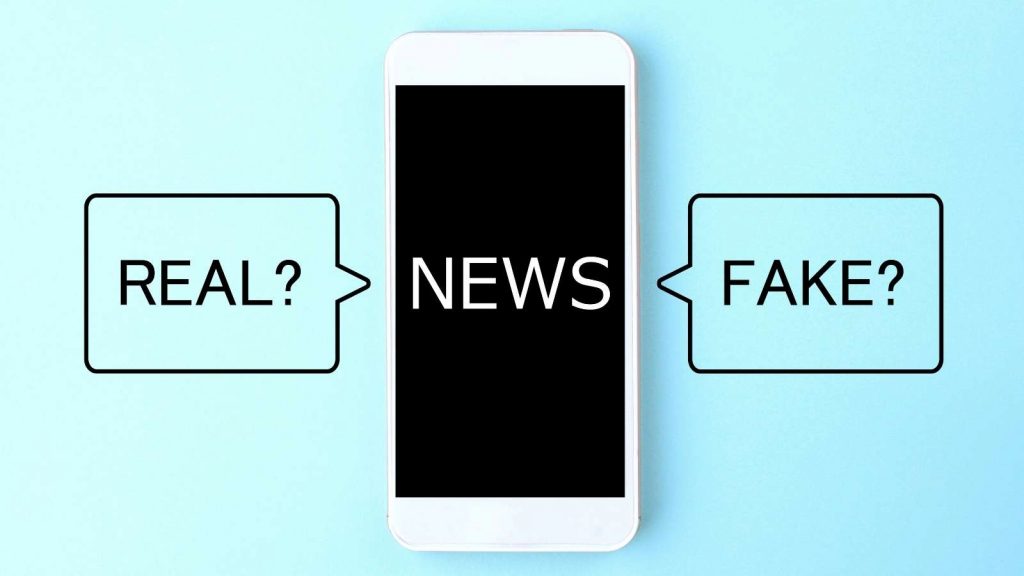
Information is changing. New media and social networks have changed the way we search and consume news.
Journalism is adapting itself to a new trend. Traditional media have developed new and original formats for their social media channels. But they have also gone a step further by using messaging apps such as Telegram Business and Whatsapp to share daily updates with their readers. As a result of the many new digital possibilities, many traditional newspapers are now online media.
From newsprint to display
Traditionally, we used to read news and articles from newspapers and discover what was going on in the world by watching TV News. Journalists followed trusted sources and very strict standards for quality. The Internet Revolution has completely changed the way we read, share and publish information. We are all content creators: bloggers, journalists, normal readers. Editorial standards are not so strict and information has been contaminated with a lot of misinformation and false news. All these false news circulate on social media where people read, share and spread them. Consequences can be worse than we imagine.
Quality journalism can build democracies, fake news can destroy them
Most of these fake news are orchestrated campaigns that are spreading untruths and false information. They are deliberately created to harm an individual, a group, a part of society or a country. Then, they are often unwittingly shared on social media.
Fake information doesn’t only spread panic, conspiracy and absurd theories but it can create confusion about important topics. It can also influence the political agenda of a country and manipulate elections, smashing political groups and Governments.
Just think about the anti vaccine and Covid-19 negationist movement. It was born on social media, it spread fake information and it landed in the main squares of the world.
How can we fight fake news?
- Burst your filter bubble
When we login into social networks, we see articles and content based on our searches online. This content reflects our likes and view of life, but at the same time isolates us from different opinions and point of views. Search for different news and opinions, be open minded but check well what you read.
- Read behind the (head)line
Don’t focus your attention on the headline, open and read all the articles before sharing them on social media and before writing a new article about the same topic. Just to focus the attention on the content, last week, Wired Italia hid all the headlines of its article for a day, to push people to don´t fall into clickbyte articles.
- Check the sources
Are you going to write an article about sensational news that’s viral everywhere? Check the sources. Do you know them?
- Check the fact
Do a quick research, is the story real? Are the timelines correct? Has it been reported to other famous media? Is the story too subjective? Real journalism has to be objective and tell a story as it’s, not how we would like it to be.

Why is fake news so abundant nowadays?
The rise of fake news is related to the adaptation of newspapers and magazines to the online world. This has made editorial standards less strict since everyone is a content creator now, so misinformation and fake news have become more frequent.
How can we fight fake news?
Don’t focus just on headlines and read the whole news, search different news sources and check if they’re legitimate and, finally, crosscheck the news to see if the story is real or not.